The village of Nagoro, situated in the mountains of Tokushima Prefecture in western Japan, was once the home to hundreds of families, predominantly laborers supported by the forestry industry and dam construction work.
Over time, however, the majority of the residents abandoned the quaint, mountainous village to find work in bigger cities. One resident was Ayano Tsukimi, who left for a number of years before returning a decade ago to look after her elderly father.
Today, there’s only 30 residents in Nagoro. Its dwindling community is a microcosm of Japan. The country’s population has been falling for decades and traditional agriculture is waning. Japan is the world’s third-largest economy but battles a declining population with low birth rate and high life expectancy. In fact, it’s fast becoming the first “ultra-aged” country in the world.
When Tsukimi returned, she was shocked to see the declining population of her hometown. In fact, there was only a population of 37; wind howled down the deserted streets and all of the local businesses had closed. She decided to plant her own crops. Upon seeing birds pecking at the seeds, she created a scarecrow that looked like her father. “A worker who saw it in the garden thought it really was my father and said hello to it,” she recalled. “It was funny.”
Over the next ten years, she made over 350 such scarecrows which today litter the once bustling streets. They sit on benches waiting for the non-existent bus, tend to their crops in their fields, sleep in trees and pretend to be fishing. They ride tricycles and chill out in recliners. The local school closed due to the fact that there were no children to teach. “There are no children,” said Tsukimi sadly. “The youngest person here is 55 years old.” Now, 12 life-sized dolls sit in the classroom at the children’s desks, patiently waiting for class to begin.
The scarecrows are made with wooden sticks, clothed bodies stuffed with newspaper, fabric and then Tsukimi applies pink colour to their lips and cheek with a make-up brush. It typically takes her several days to make one. Tsukimi creates the scarecrows in memory of former citizens: “When I make dolls of dead people, I think about them when they were alive and healthy.” For example, there’s one scarecrow make from the likeness of Mrs. Miyako Ogata, an old grandmother who used to enjoy sitting out the front of the house. Ogata is long dead and her home has been long abandoned, yet the eerily similar scarecrow can be spotted in her favourite spot.
Tsukimi is suited to the country life. She cooks over a wooden fire in front of her home and has a concrete tank where she raises fish that she catches down by the river. She said that before moving back to Nagoro, she enjoyed creating little figure dolls. However, when she lived in Osaka, her apartment didn’t have much room for her to continue the hobby. The vast emptiness of Nagoro is Tsukimi’s blank canvas, so to speak.
The scarecrows long outnumber the humans. Tsukimi hasn’t commercialized the project, either, which is a surprise in souvenir-happy Japan. There are no “Scarecrow Village” mugs or T-shirts. Then again, there isn’t even a local grocery store or cafe in Nagoro.1 According to Tsukimi, she “imagines a future where she’s outlived all of neighbours and only dolls remain.”2
While the scarecrows have done little to make residents return to Nagoro, they have attracted a number of tourists from all across the world. “I just really wanted to come,” said Polish tourist, Kit Kornowalski. “It is absolutely wonderful. I can’t stop smiling.”3 Each year, the regional government sponsors a Scarecrow Festival for tourists. “Before I started making scarecrows, nobody stopped by,” said Tsukimi. “Now, many people visit here. I hope Nagoro will become lively again and many people come here for sightseeing.”4
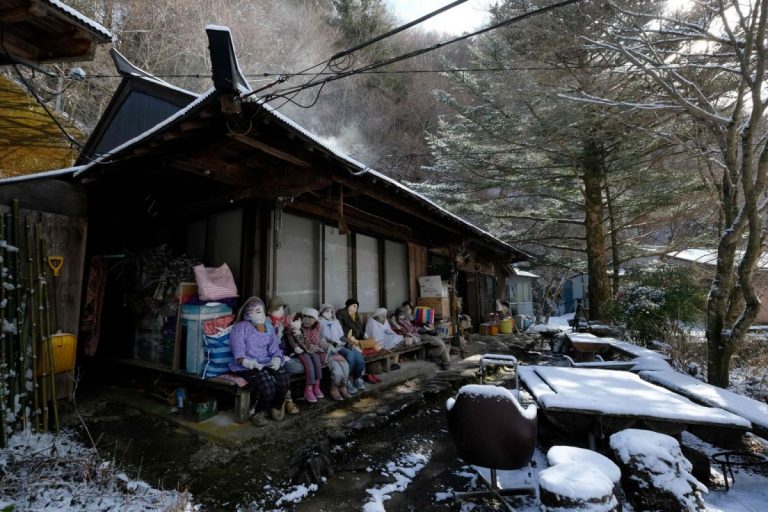

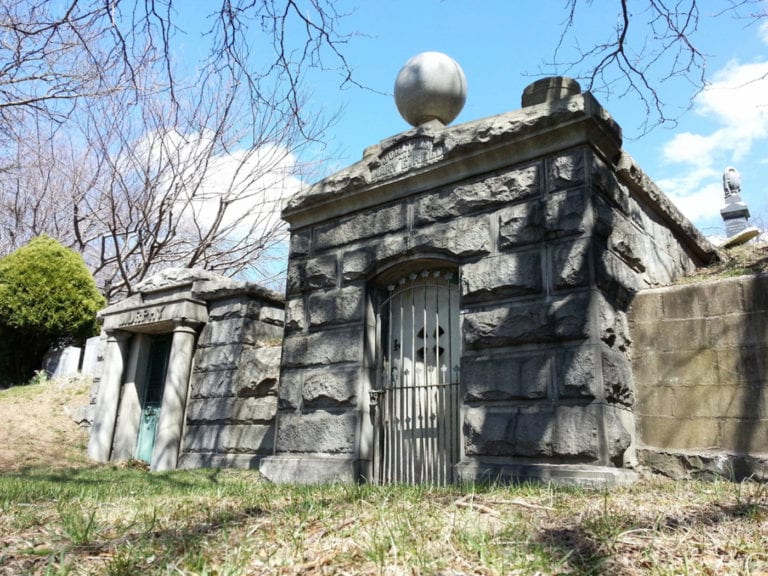
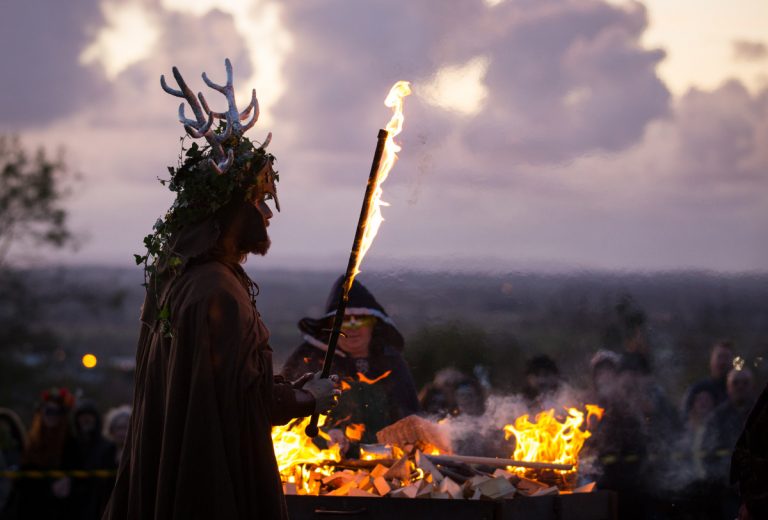
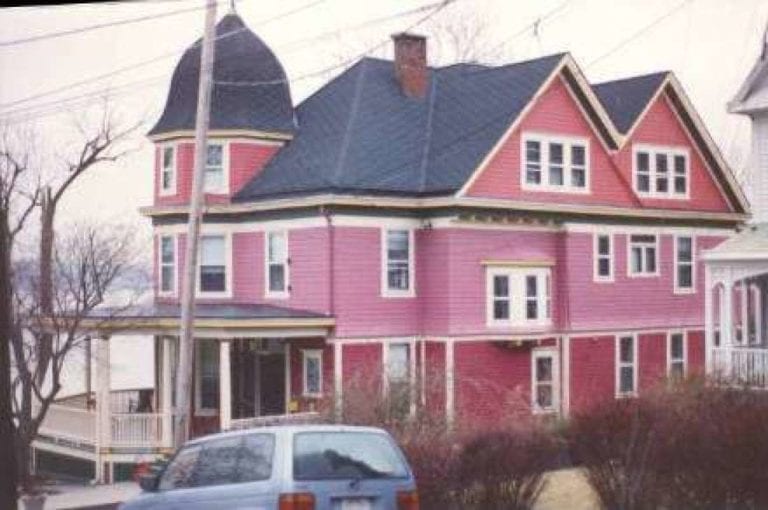

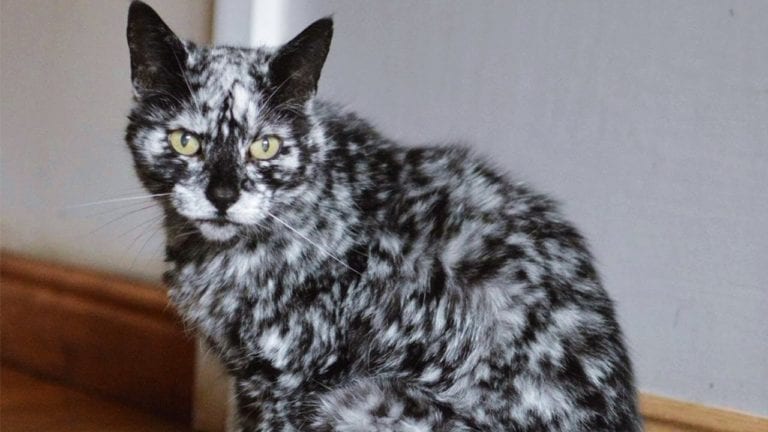
Comments:
I wish I knew about this place when I visited Japan in 2010. What a sweet idea.
That’s incredible that one person was able to turn around an entire vilage. I hope the government will help her monetize her craft 😊